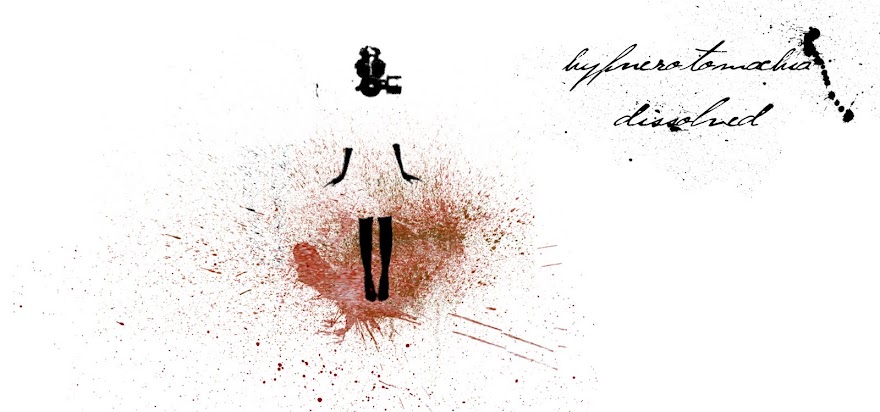THE HYPNEROTOMACHIA OF POLIPHILO, IN WHICH
IT IS SHOWN THAT ALL HUMAN THINGS
ARE BUT A DREAM, AND MANY
OTHER THINGS WORTHY
OF KNOWLEDGE AND
MEMORY.
The text is a Renaissance prose, a mysterious arcane allegory in which Poliphilo pursues his love Polia through a dreamlike landscape. The sleep of Poliphilo, the narrator and protagonist, is the occasion for the erotic dream that comprises the entire novel. The ‘battle’ or ‘strife’ of the title refers ‘not only to outward violence, but to the turmoil of his own emotions and to his desperate efforts to gain the love of Polia. He is eventually victorious in this – but only in his dream.’ (Godwin 2005, p7)
‘He adores architecture, for instance, and gardens; he likes to poke around old graveyards and read the inscriptions; he delights in sculptures, bas-reliefs, and the products of goldsmiths’ work. He has a passion for rich, colourful fabrics, especially when they are worn by nymphs; he revels in music, pageantry, ritual, and any other spectacle that induces a heightened state of consciousness. Most of all, Poliphilo is in love with antiquity.’
(Godwin 2005, p7)
Hypnerotomachia is defined by this polymorphous eroticism that makes it intense & atmospheric, overflowed with the longing ‘to gaze, to taste and to consume’. (Godwin 2005, p8) This polymorphic element dominates the book not only in terms of the narrative (which is full of descriptions of places and objects) but expands both to the language used and its physical appearance. The language is a mixture of Italian syntax and Latin vocabulary with additional phrases of Greek, Hebrew, Arabic & Chaldean origin. The book is also adorned with a great number of refined woodcut illustrations that also constitute a famous example of early Renaissance printing. (Godwin 2005, p8)




